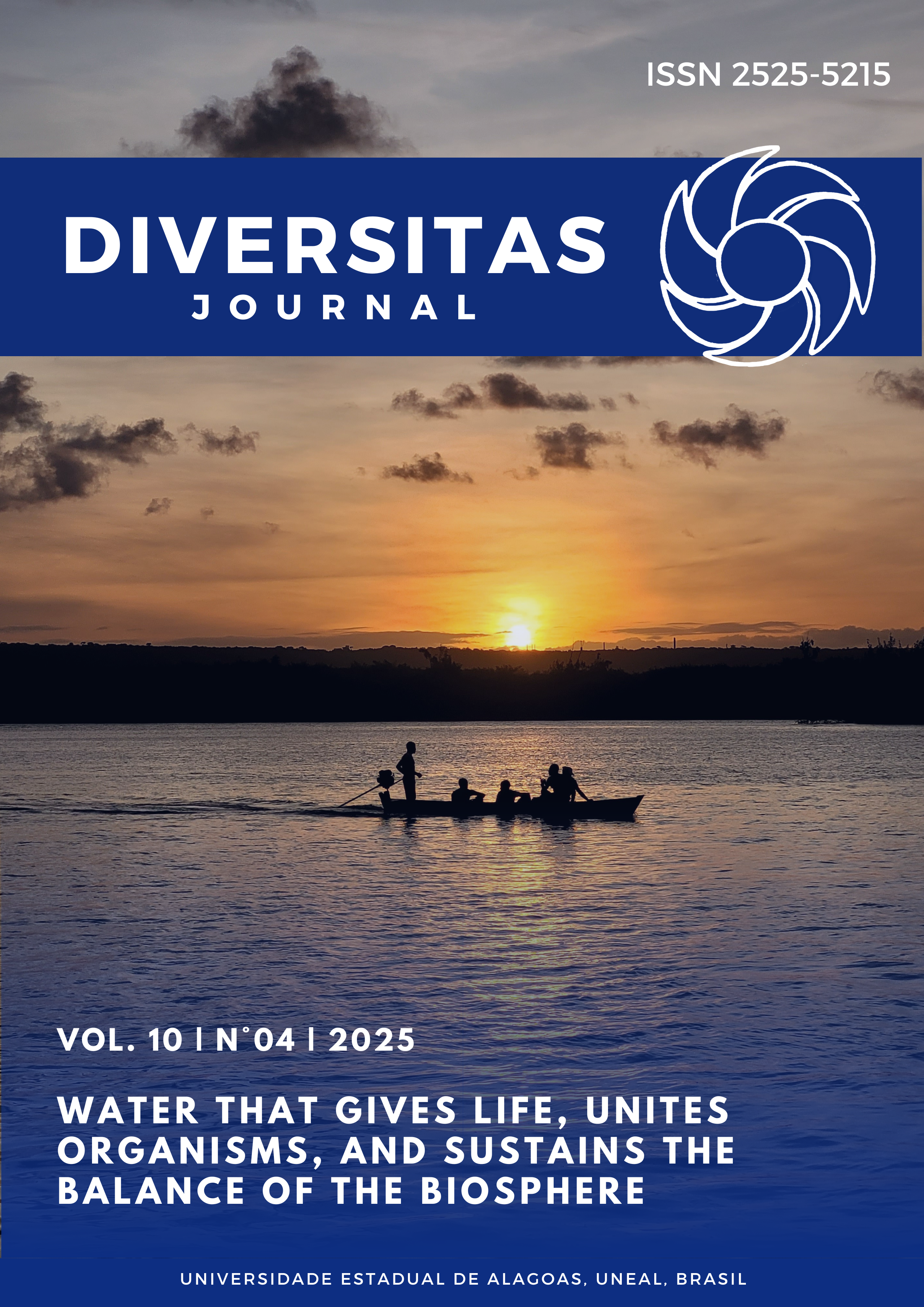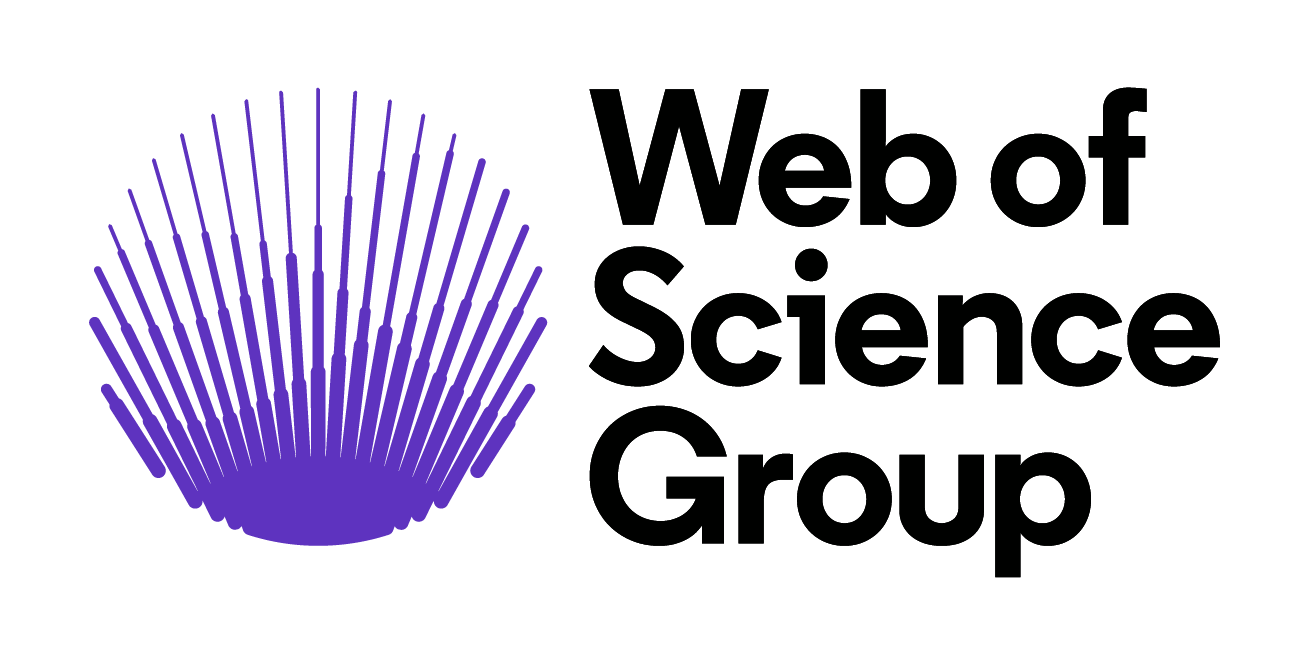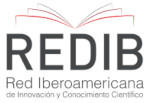Restoration, organization, updating of the bee collection at the Federal Institute of Rio Grande do Norte
DOI:
https://doi.org/10.48017/dj.v10i4.3300Keywords:
entomological collection, conservation, storageAbstract
The bee collection of the Federal Institute of Rio Grande do Norte, Pau dos Ferros Campus, suffered serious damage and losses during the campus closure due to the COVID-19 pandemic. The interruption of in-person activities made regular care of the specimens impossible, resulting in significant deterioration and loss of the collection. Given this scenario, this study aimed to restore, reorganize, and update the collection, seeking to recover its relevance as a pedagogical and scientific tool. The activities developed throughout the project encompassed multiple stages. First, new bee specimens were collected to replace missing or damaged species in the collection. Simultaneously, deteriorated specimens were recovered, involving repair, reconditioning, and preservation techniques. In addition, new entomological drawers were acquired, essential for the proper and safe storage of biological material. The specimens were carefully mounted, glued, labeled, and cataloged, ensuring accuracy in identifications and in recording the information associated with each specimen. Upon completion of the work, the collection was fully restored, totaling 1,207 specimens properly organized by species. The collection is now ready for use in practical classes, exhibitions, and scientific events, establishing itself as a resource of great pedagogical and scientific value. However, it is important to emphasize the need for continuous maintenance and monitoring actions by the Institution to ensure the long-term preservation and integrity of the collection.
References
Almeida, F. et al. (2020). Estratégias de organização e conservação em coleções biológicas: metodologias aplicadas e resultados práticos. Revista Brasileira de Entomologia, 64(2), 123-134.
Bezerra, L. A., & Maués, M. M. (2017). Organização do acervo de Apoidea da coleção entomológica da Embrapa Amazônia Oriental. Anais do Seminário de Inicia-ção Científica da Embrapa Amazônia Oriental, 21, Belém, PA. Embrapa Ama-zônia Oriental.
Buzzi, Z. J. (2010). Entomologia didática (5ª ed.). Curitiba: UFPR.
Camargo, A. J. A., et al. (2015). Coleções entomológicas: legislação brasileira, cole-ta, curadoria e taxonomia para as principais ordens. Brasília: Embrapa.
Carneiro, A., et al. (2016). Manual de procedimentos de conservação, armazena-mento e montagem de insetos. UNIVASF. Disponível em: http://www.cemafauna.univasf.edu.br/arquivos/files/manual_procedimento_insetos.pdf. Acessado em 12 de dezembro de 2024.
Costa, V. A., & Nardo, E. A. B. (1998). Curadoria de coleções de himenópteros para-sitóides: manual técnico. Jaguariúna: Embrapa.
Dornelles, J. E. F., et al. (2018). Restauro, conservação e atualização do acervo en-tomológico expográfico do Museu de Ciências Naturais Carlos Ritter: proces-sos e metodologias empregados. Expressa Extensão, 23(1), 92–103.
Friedrichsen, P., Munford, D., & Zembal-Saul, C. (2003). Using inquiry empowe-ring technologies to support prospective teachers’ scientific inquiry and scien-ce learning. Contemporary Issues in Technology and Teacher Education, 3(2), 223–239.
Gullan, P. J., & Cranston, P. S. (2010). The insects: An outline of entomology (4ª ed.). NJ, USA: John Wiley & Sons.
Marinoni, L., et al. (2005). Coleções entomológicas brasileiras: estado-da-arte e perspectivas para dez anos. Anais do Workshop: Diretrizes e Estratégias para a Modernização de Coleções Biológicas Brasileiras e a Consolidação de Sis-temas Integrados de Informação sobre Biodiversidade, Brasília-DF. CRIA.
Moura, L. S., & Almeida, R. F. (2019). Conservação de acervos entomológicos: análise dos impactos de fungos e insetos daninhos em coleções de referência. Journal of Insect Conservation, 23(4), 367-375.
Silva, J. A., & Santos, P. R. (2018). Organização e manejo de coleções entomológicas: técnicas e materiais utilizados no Brasil. Arquivos de Zoologia Aplicada, 50(1), 45-58.
Silva, J. C., Souza, A. P., & Ribeiro, F. T. (2017). Infestações de Psocoptera em coleções biológicas: fatores associados e estratégias de controle. Revista Brasileira de En-tomologia, 61(3), 245-252.
Silveira, F. A., et al. (2002). Abelhas brasileiras: sistemática e identificação. Belo Horizonte: Biblioteca Nacional.
Wilson, E. O. (1992). The diversity of life. Cambridge: Harvard University Press.
Downloads
Published
How to Cite
Issue
Section
License
Copyright (c) 2025 José Otávio Bento de Souza Leite, Lara vitória Paiva Gomes, Daniel de Freitas Brasil, Maria José de Holanda Leite, Michelle de Oliveira Guimarães-Brasil

This work is licensed under a Creative Commons Attribution 4.0 International License.
The Diversitas Journal expresses that the articles are the sole responsibility of the Authors, who are familiar with Brazilian and international legislation.
Articles are peer-reviewed and care should be taken to warn of the possible incidence of plagiarism. However, plagiarism is an indisputable action by the authors.
The violation of copyright is a crime, provided for in article 184 of the Brazilian Penal Code: “Art. 184 Violating copyright and related rights: Penalty - detention, from 3 (three) months to 1 (one) year, or fine. § 1 If the violation consists of total or partial reproduction, for the purpose of direct or indirect profit, by any means or process, of intellectual work, interpretation, performance or phonogram, without the express authorization of the author, the performer, the producer , as the case may be, or whoever represents them: Penalty - imprisonment, from 2 (two) to 4 (four) years, and a fine. ”


















